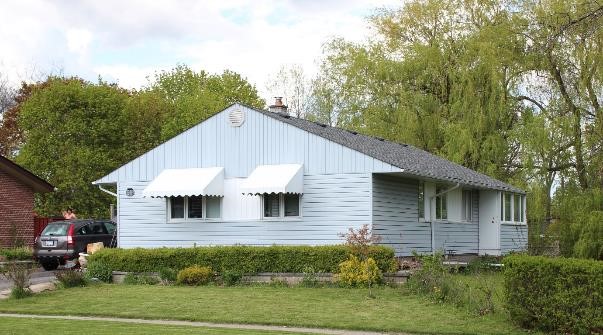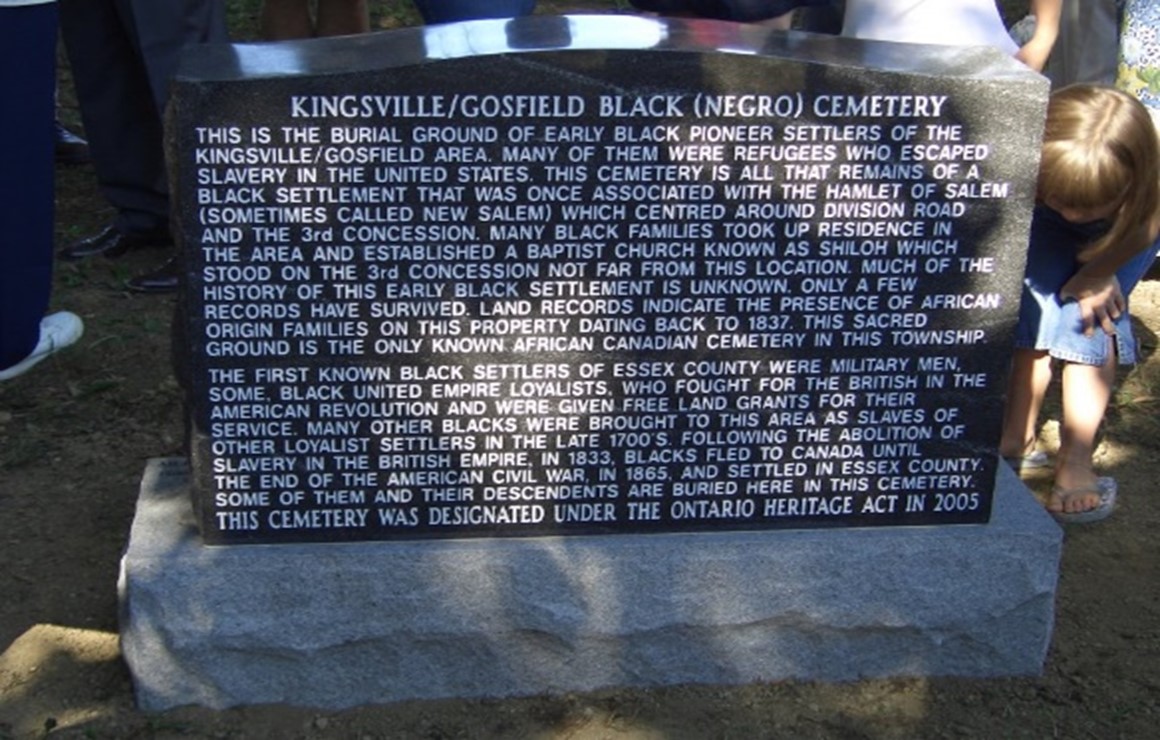1. Heritage properties
The Ontario Heritage Act provides a framework for the conservation of properties and geographic features or areas that are valued for the important contribution they make to our understanding and appreciation of the history of a place, an event or people.
These properties or areas contain cultural heritage resources which may include archaeological resources, built heritage resources and cultural heritage landscapes, that have cultural heritage value or interest. These are heritage properties that are important in the life of communities, contributing to a sense of place and helping to guide planning.

The Planning Act and Provincial Planning Statement, 2024 support heritage conservation as part of land-use planning.
Cultural heritage resources may include:
- residential, commercial, institutional, agricultural or industrial buildings
- monuments, such as a cenotaph, public art or a statue
- structures, such as a water tower, culvert, fence or bridge
- natural features that have cultural heritage value or interest
- cemeteries, gravestones or cemetery markers
- landscapes, such as parks and battlefields
- spiritual and sacred sites
- ruins
- archaeological sites, including marine archaeology
In exercising its authority around planning matters, the task for each municipality is to conserve these cultural heritage resources. This process begins with compiling a register of properties of cultural heritage value or interest to the community. Heritage properties, which can include:
- non-designated properties that are included on a municipal register (“listed” properties)
- property that has been designated under Part IV, V or VI of the Ontario Heritage Act
- property subject to a heritage conservation easement under Parts II or IV of the Ontario Heritage Act
- property identified by the province and prescribed public bodies as provincial heritage property under the Standards and Guidelines for Conservation of Provincial Heritage Properties (under Part III.1 of the Ontario Heritage Act)
- property protected under federal heritage policy
- UNESCO World Heritage Sites
The conservation of heritage properties encompasses a range of activities directed at identification, evaluation, protection or formal recognition, promotion, and commemoration in a manner that ensures their cultural heritage value or interest is retained and expressed or communicated.
There are several steps involved in the identification and conservation of heritage properties:
- Investigate the context and evolution of the properties or study area, within the broader community and local historical themes
- Survey properties in the community using a recording form
- Research and evaluate properties or the study area for protection and determine best means of conservation
- Protect properties through inclusion on the municipal register, designation bylaws or heritage conservation easement agreements under the Ontario Heritage Act or other conservation measures
- Promote and commemorate heritage properties

For more information on protection and management of heritage properties, see other Ontario Heritage Toolkit guides: